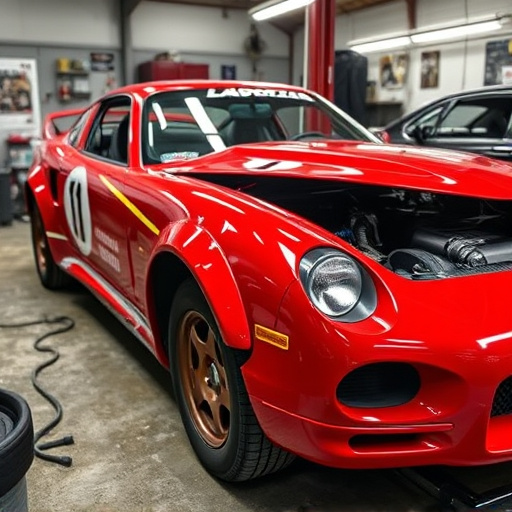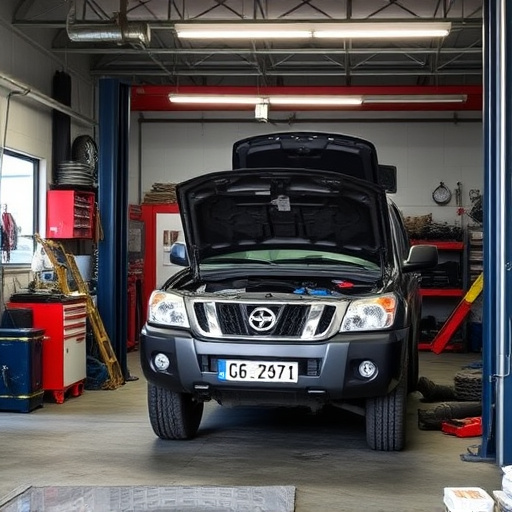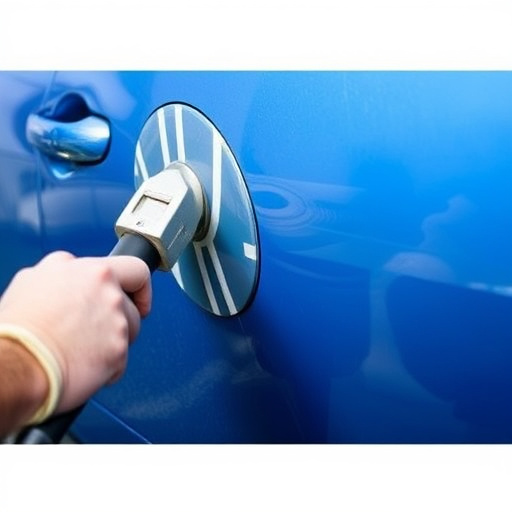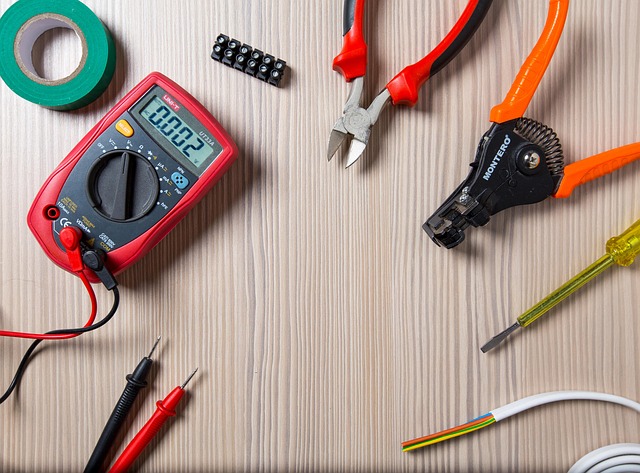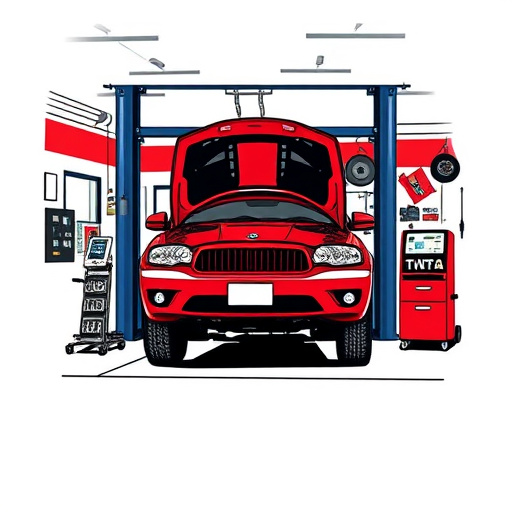Heat damage to vehicles from fires, accidents, and natural disasters creates complex challenges for auto body repair. Specialized techniques and materials are used to assess and fix exterior and structural issues caused by extreme heat. The claims process involves insurance adjusters inspecting for heat-related problems and providing repair estimates. Preventive measures include regular maintenance, strategic parking, protective coatings, and expert advice to minimize future heat damage auto body repairs.
Heat damage to vehicles, often caused by car fires or exposure to extreme temperatures, can lead to significant repairs. This article delves into how insurance claims for heat damage auto body repair work, exploring the process from initial assessment to final settlement. We break down the key steps, including understanding the scope of heat damage and the necessary documentation for claims. Additionally, we offer insights on preventing future heat damages and optimizing repair processes, providing a comprehensive guide for both policyholders and insurance professionals.
- Understanding Heat Damage to Vehicles
- The Claims Process for Auto Body Repairs
- Repairing and Preventing Future Heat Damages
Understanding Heat Damage to Vehicles

Heat damage to vehicles can occur due to a variety of reasons, from car fires to exposure to high temperatures during accidents or natural disasters like wildfires. This type of damage is particularly challenging for auto body repair professionals because heat affects not just the visible exterior but also the structural integrity of the vehicle. Extreme heat can cause metal to warp, twist, or bend, leading to misalignments in the frame and other components that require meticulous frame straightening to correct.
In the context of heat damage auto body repair, understanding the extent of the thermal impact is crucial. While some parts may appear intact on the surface, internal structures could have been compromised. Bumper repair, for instance, might be more complex than it seems, as the heat can weaken or deform plastic and metal components, necessitating specialized techniques and materials to restore them to their pre-damage condition. Professionals in automotive repair are equipped with the knowledge and tools to assess and address these issues, ensuring that vehicles affected by heat damage are safely and effectively repaired.
The Claims Process for Auto Body Repairs

When a vehicle experiences heat damage, whether from a fire or an accident, the claims process for auto body repairs becomes specialized. The owner first contacts their insurance provider to report the incident and file a claim. This initial step is crucial as it triggers the assessment and approval of repair costs. Insurance companies assign adjusters who inspect the damage, including assessing the extent of heat-related issues like warped metal, melted plastics, or scorched interiors.
After the assessment, the adjuster provides an estimate for the necessary collision repair services, which can include everything from tire services to intricate panel replacements. If approved, the insurance company authorizes the designated collision center to begin repairs. The chosen auto body shop then communicates with the insurer throughout the process, ensuring transparency and adherence to guidelines for heat damage auto body repair.
Repairing and Preventing Future Heat Damages
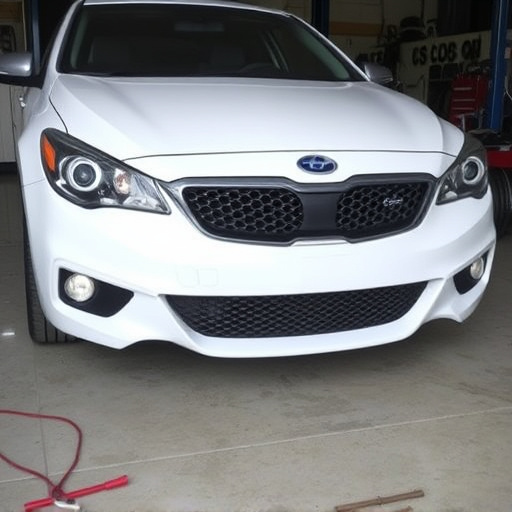
After addressing an immediate heat damage auto body repair, the focus shifts to preventing future incidents. This involves a multi-step approach. First, understanding the root cause is crucial for effective prevention. For instance, in cases where a car’s paint job was compromised due to excessive heat, enhancing protective coatings and regular maintenance can significantly reduce risks. Regular washing and waxing not only restore the car’s gloss but also create a barrier against UV rays that could lead to heat damage.
Additionally, drivers should be mindful of parking strategies. Opting for shaded areas or garages can shield vehicles from prolonged sun exposure. Moreover, utilizing parking covers or tarps during extended periods of heat offers an extra layer of protection. For those concerned about specific issues like Mercedes Benz collision repair or car dent removal due to heat, seeking professional advice on suitable preventative measures tailored to their vehicle’s unique needs is highly recommended.
Heat damage can significantly impact vehicles, but understanding the claims process for auto body repairs is crucial. By knowing how insurance handles these claims, car owners can navigate the recovery process more effectively. From initial assessments to final repairs, a thorough understanding of the steps involved ensures a smoother journey. Moreover, learning about preventive measures can help safeguard against future heat damage, ensuring vehicles remain in optimal condition. Remember that prompt action and effective communication with insurance providers are key to a successful outcome for any heat damage auto body repair claim.
